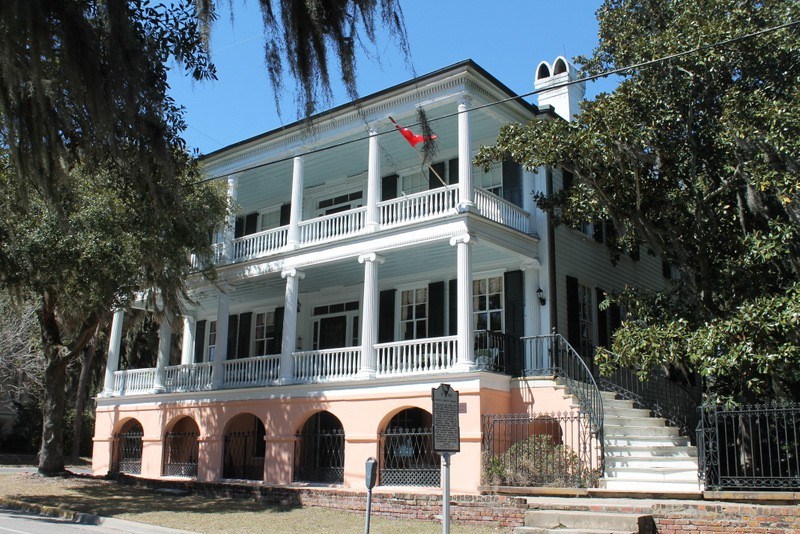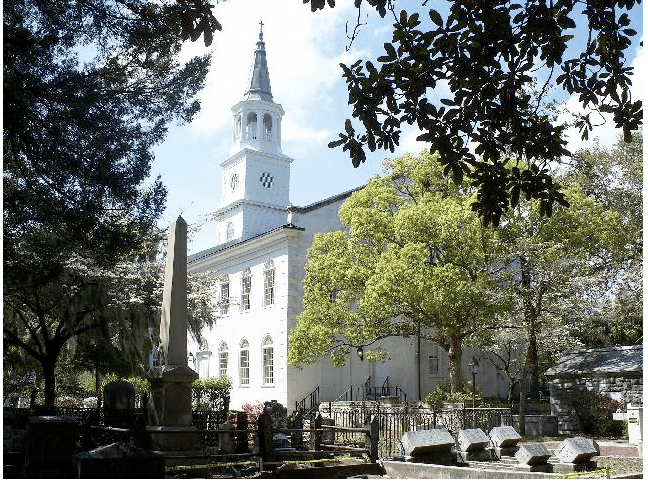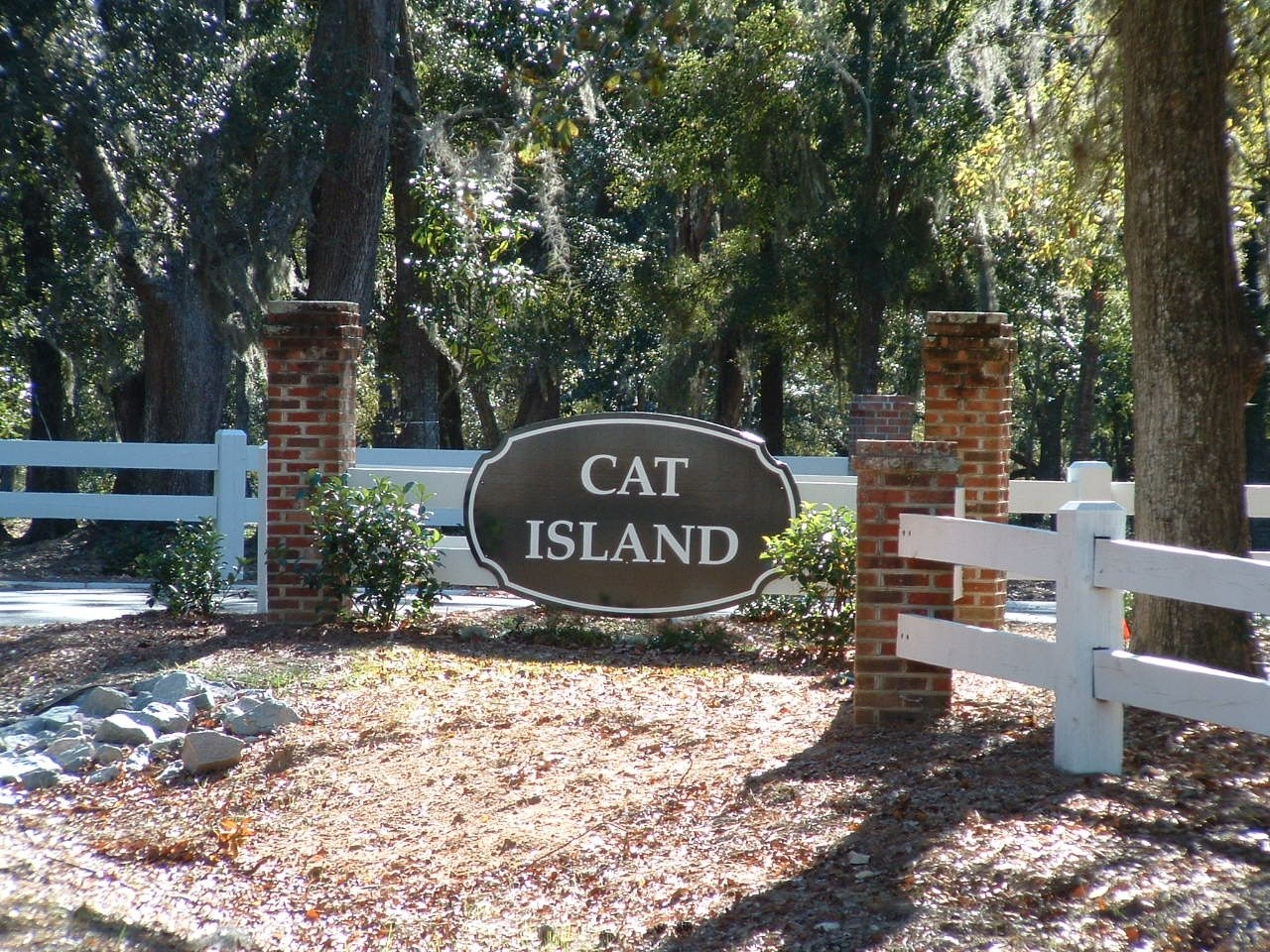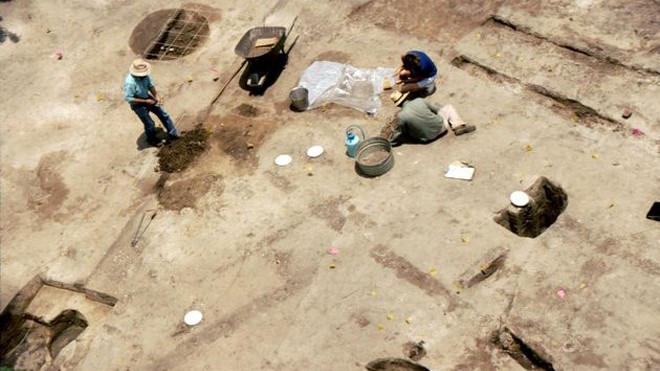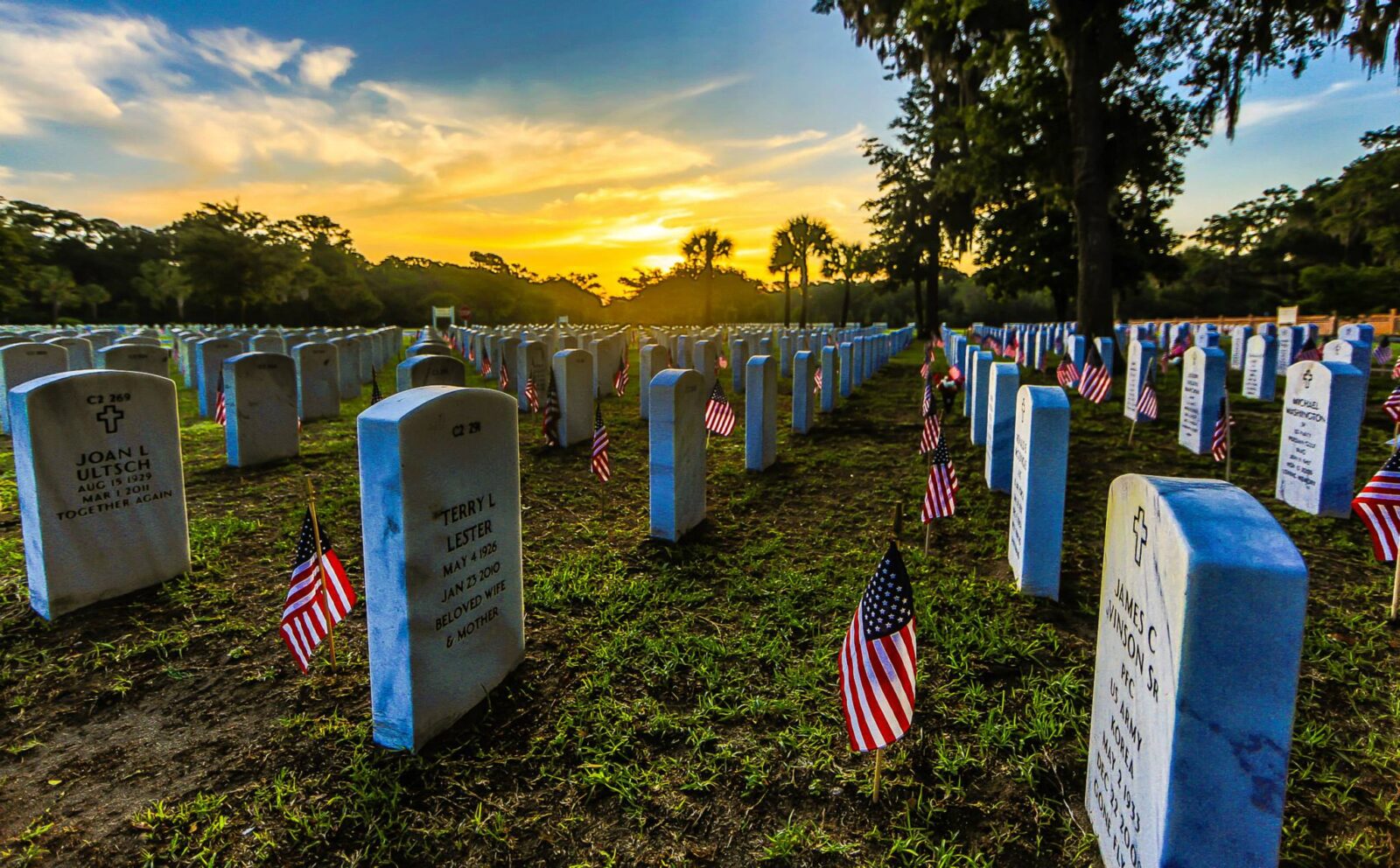10 Fun Facts about Beaufort, South Carolina You Might Not Know
Beaufort has about a thousand different stories to tell, and the facts you can derive out them speak to just how prolific our town is!
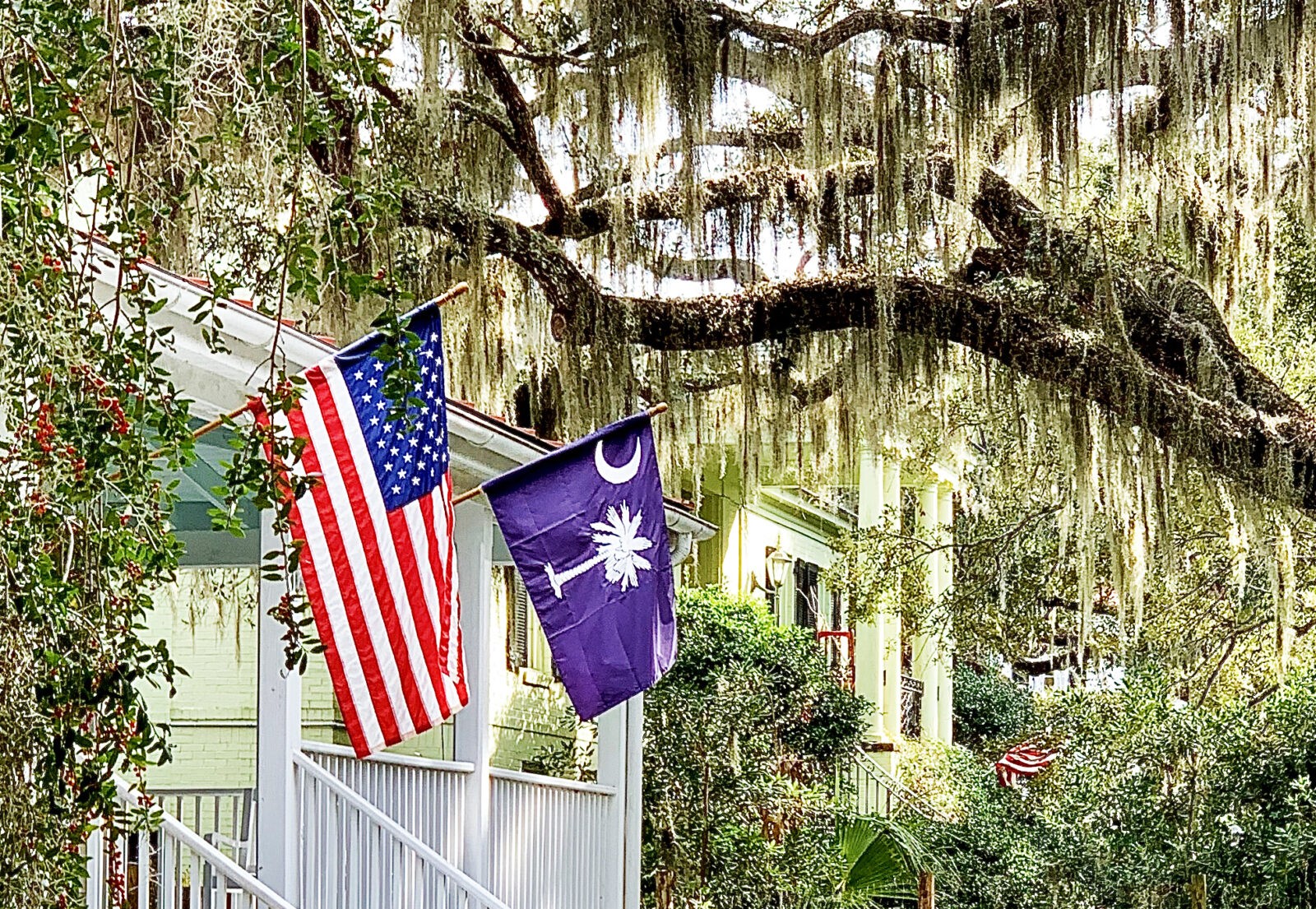
- Fun facts run abound in Beaufort!
Since way back in 1514, seven flags have flown over Beaufort.
Spain, France, Scotland, England, the Confederate States of America, the South Carolina flag and the U.S. flag. The area was discovered by the Spanish with the settlement of Santa Elena and the city was chartered under the British.
The Civil War may have actually started in Beaufort.
It’s recognized that South Carolina’s secession from the Union resulted in the Civil War and in 1860 the Milton Maxey House on downtown’s Craven Street was the meeting place for the first draft of the Articles of Secession.
Beaufort is home to one of the oldest active churches in the country.
Established as a colonial parish of the Church of England in 1712 and one of the oldest active churches in all of North America, The Parish Church of St. Helena has played an important role in Beaufort’s deep history. Construction of the church building was delayed by the Yemassee Indian War of 1715 but had been completed by 1724.
Cat Island was once a nudist colony.
Considered the first of its kind in the U.S., Cat Island was settled in the early 1930s to create a nudist colony. It only lasted a couple of years. An article from the 1930s in The Augusta Herald touted the colony as a ‘Sylvan Sanctuary on Beaufort Isle’ and included photos. A little blue house on the small island still marked the spot of their site until 2004.
America started here in Beaufort.
Santa Elena tells a different story than we learned in our history books at school: that America started right here in Beaufort.
Santa Elena on Parris Island was a settlement 11 years before St. Augustine, 38 years before Jamestown, and 51 years before the English pilgrims landed on Plymouth Rock. The Santa Elena Foundation and History Center were created to tell its story.
At night time, the Hunting Island Lighthouse is visible for 18 long miles out to sea.
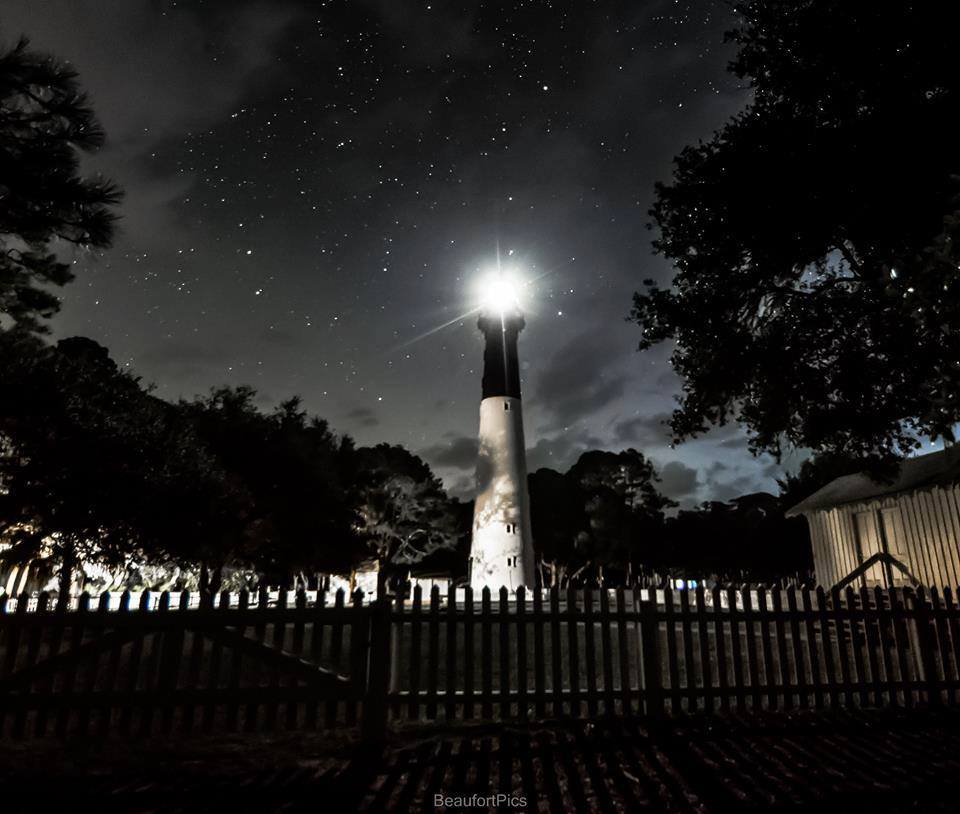
At sunset on July 1, 1859 the Hunting Island lighthouse emitted its first beacon of light. During its design and construction, the lighthouse was fitted with a Fresnel lens, a giant beehive of concentric glass prisms that was so amazingly efficient that every 30 seconds the focused light from the simple oil lantern cast a beam 18 miles into the darkness.
The Beaufort National Cemetery has interments from every major U.S. conflict in history.
The historic spot was first opened in 1861 and was used for men who died in nearby Union hospitals during the occupation of the area early in the Civil War. It now has interments from every major American conflict since, including the Spanish–American War, World War I and World War II, the Korean War, the Vietnam War and the Gulf War.
Hunting Island is the BEST!
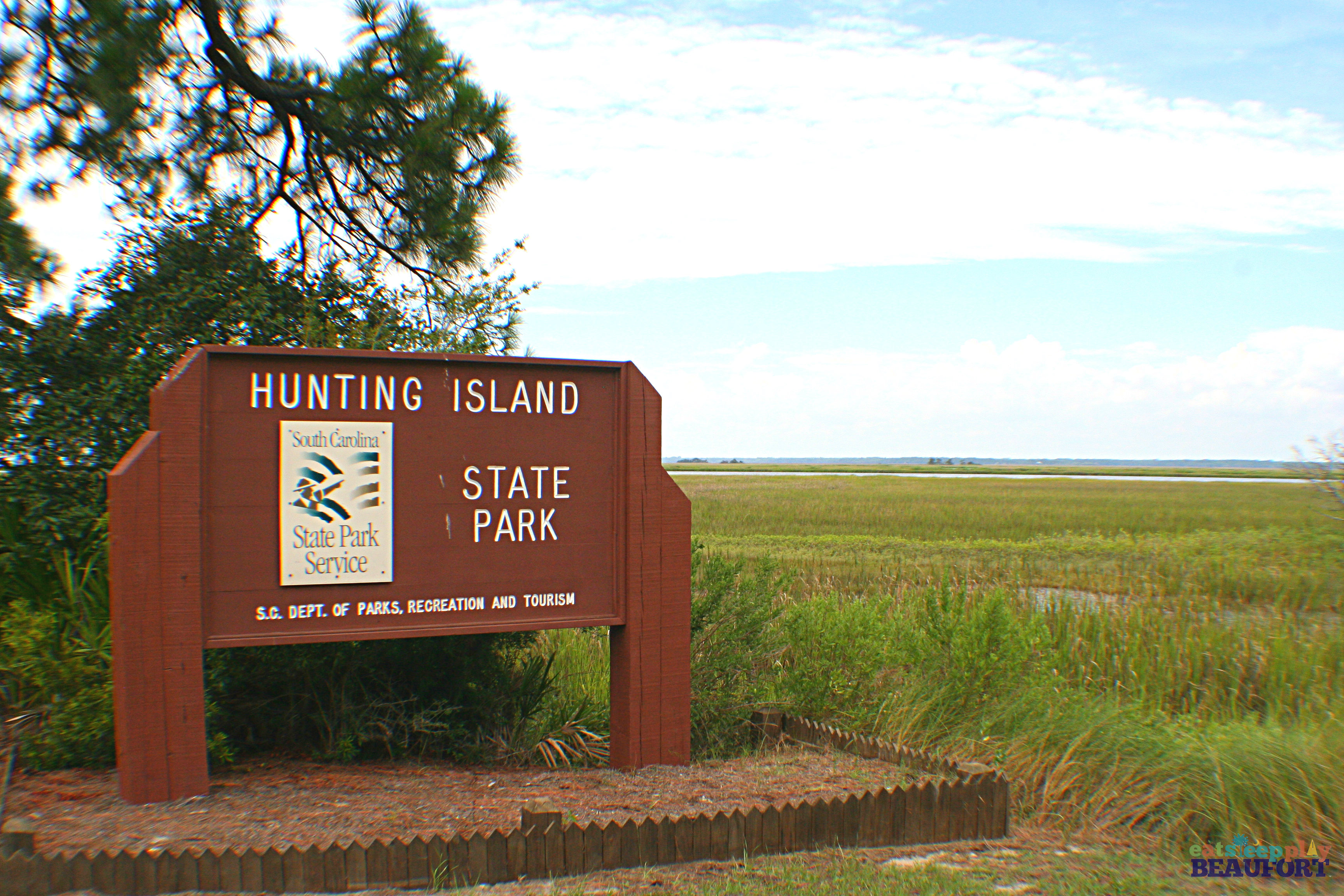
- Hunting Island State Park is the single most visited state park in all of South Carolina. ESPB photo
Hunting Island State Park is the single most visited state park in all of South Carolina with over one million visitors each year. Known for its natural environment, the island remains one of the few remaining undeveloped Sea Islands in the Lowcountry. It’s even been ranked as high #7 on the Top Ten Beaches in the U.S. by TripAdvisor. During the Great Depression of the 1930’s, the island was developed into a state park by the Civilian Conservation Corps and lots of people were able to find jobs building it. That’s also when bridges were constructed to connect the outer Sea Islands with Beaufort.
Beaufort was home to big portions of Forrest Gump.
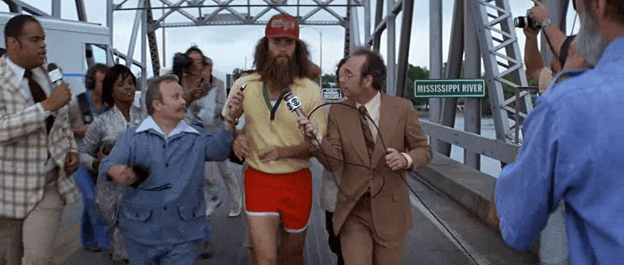
- The Woods Memorial Bridge turned into a bridge crossing the Mississippi River during Forrest’s unexplainable run across the country.
In 1994, Paramount Pictures rolled into town to film a movie with Tom Hanks, Sally Field and Gary Sinese. Locals were hired away from their jobs for a few days to work as extras and roads all over the area were closed for filming. Most notably are the boat docks at Lucy Creek Landing on Lady’s Island which were used in the shrimp boat scenes; the Woods Memorial Bridge turned into a bridge crossing the Mississippi River during Forrest’s unexplainable run across the country; Highway 21 on St .Helena Island was used as the Mississippi State Line during the same run; the lagoon at Hunting Island State Park was used in the filming of the Vietnam War scenes. If you watch the movie, you can see Beaufort all over the place.
Native Americans fell in love with Beaufort first.
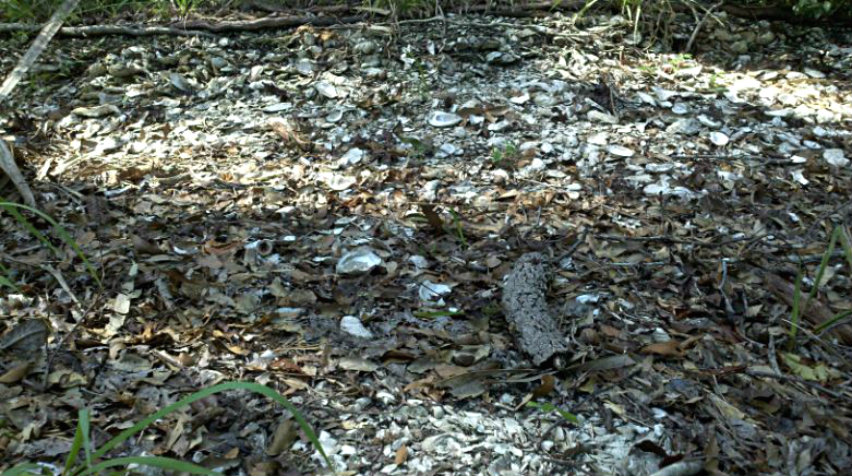
Native American history goes back nearly 4,000 years in Beaufort with the findings of oyster shell rings on Coosaw Island. Sitting on a piece of this tiny and sparsely-populated sea island is the South Bluff Heritage Preserve. The preserve happens to be the home of the remains of four early Native American Shell Rings dating back approximately 4,000 years. Still visible to the eye, these historic shell rings were at one time the center of a village, the center of a small civilization very long gone. The four shell rings in all make Coosaw Island’s site one of the most complex shell ring sites in the U.S.


